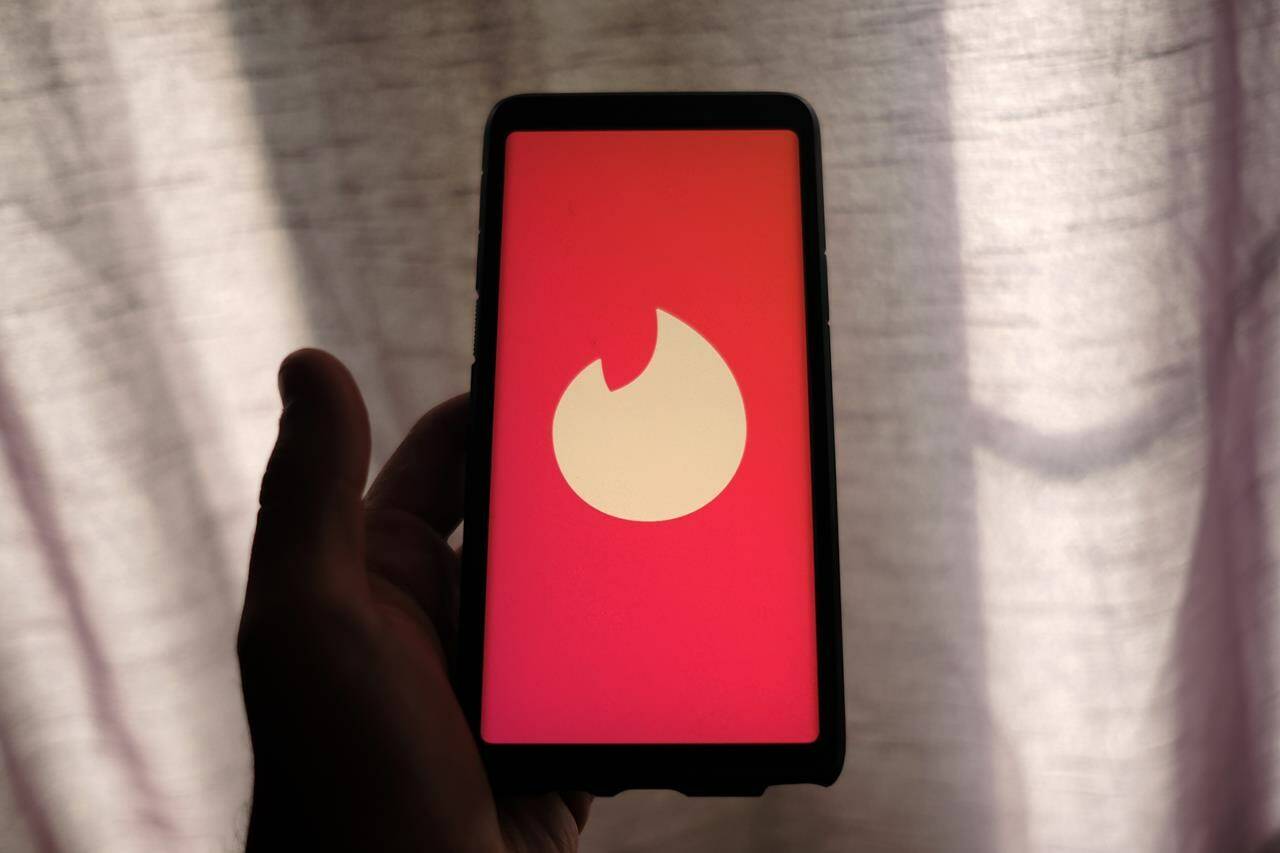Jennifer Lopez might have sung “Love Don’t Cost a Thing” more than 20 years ago, but these days, it’s not uncommon to drop some cash in the hunt for a partner.
For a monthly or annual fee, there are many dating apps and sites that will give you access to their pool of suitors. Others like Hinge, Tinder, Grindr and Bumble have free versions along with paid tiers or features that banish ads, allow messaging prospective dates before matching or show the user’s profile more prominently.
But does paying for a service or feature actually increase the odds of finding a partner?
Not necessarily, say matchmakers and Canadian daters, who have found an open-minded attitude and the right profile are the biggest indicators of success on paid and free dating apps alike.
“It’s really about thinking about what you want to put that money into and doing your research rather than being like I’m going to join Match and pay whatever,” said Shannon Tebb, the Toronto dating expert behind boutique matchmaking service Shanny in the City.
“Do you have a good profile? Do you have good photos? If no, I don’t know why you are already joining the membership.”
There has been little recent public research specific to success with paid dating services, but shopper advocacy publication Consumer Reports studied user experiences on dating apps in a 2017 survey of 115,000 subscribers.
A subset of 9,600 respondents who used an online dating service in the two years before the survey rated the sites based on factors like satisfaction, quantity and quality of matches, value, privacy settings, messaging and appearance.
Free sites OkCupid, Tinder and Grindr received marginally higher ratings than paid sites.
Ashley Madison, which is marketed to people who are married or in a relationship and suffered a massive breach involving the data of 30 million users in 2015, had one of the highest fees for its services, but was among the lowest scoring online dating services.
The success of services that only accept paid users often hinges on the quantity and quality of daters it attracts.
Too many people can trigger choice paralysis and make users tired of swiping or scrolling through a seemingly endless ream of options, but too few might make matches difficult and prompt cancellations.
Striking a balance is key but often no easy feat.
A survey of 644 people from Statisa found only 19 per cent of male and six per cent of female dating app users were paying in January 2018. Twenty-two per cent of men had paid in the past and 12 per cent would consider it in the future, while 15 per cent of had paid for dating services before and eight per cent were open to trying it for the first time.
Those that pay — whether it’s for a members-only service or special features — can sometimes be perceived as more “highly-motivated daters.”
“If you’re putting money into anything, whether it’s a dating app or working with an expert, I think you are more intentional and you’re going to take it more seriously,” said Tebb.
Tinder is using that logic to test a $500 monthly plan and Hinge has a $50 offering that promises to help your likes get seen faster.
After hearing about a friend who had a good experience with Hinge’s premium service, 26-year-old Carol Eugene Park paid $50 for one month in November.
The payment gave the Vancouver journalist access to Hinge’s preference filters, which narrow down potential matches based on criteria such as their religion, ethnicity, education and height.
The first day she had the filters on she was only served three choices.
Her roommate insisted she was too picky, so she dropped some deal-breakers like having an undergraduate and a master’s degree.
That brought up 10 choices, including several men she had matched with before paying a premium.
“It was just weird that I was paying for this thing, but I was still talking to the guys that had matched before, so I was like why am I spending money on this?” Park recalled.
Tebb frequently reminds people not to “over-filter,” especially with location or hobbies, and to focus on weeding out people only for your top three deal-breakers rather than many.
She’s had clients who were too restrictive on where they wanted potential suitors to live, but when they loosened up their parameters founded a lasting match.
Before plunking down cash on paid dating offerings, she recommends people look closely at what their profile is projecting and ask friends or a dating coach how they can spruce it up.
For some, swapping photos or hiring a photographer to take lifestyle-focused images can help attract better matches.
“Sometimes you just need a fresh set of eyes,” Tebb said.
Others need a hand evaluating the vibe they give off in written prompts.
Bumble, for example, advises users to be themselves, specific and intentional.
That means instead of answering a question about non-negotiables in potential partners by saying something like “no drama,” Bumble recommends an answer like, “You HAVE to be willing to sing karaoke in the car with me.”
As for Park, she didn’t renew Hinge’s premium service for another month and realizes she should have been more open-minded but wouldn’t be opposed to trying other paid apps.
“I’m not really a Bumble girlie, but I heard from a few friends that the paid version is a bit more successful,” she said.
“But then again, that’s what I heard about Hinge, so I don’t really know if that’s true or not, but I would be open to Bumble.”
—Tara Deschamps, The Canadian Press

